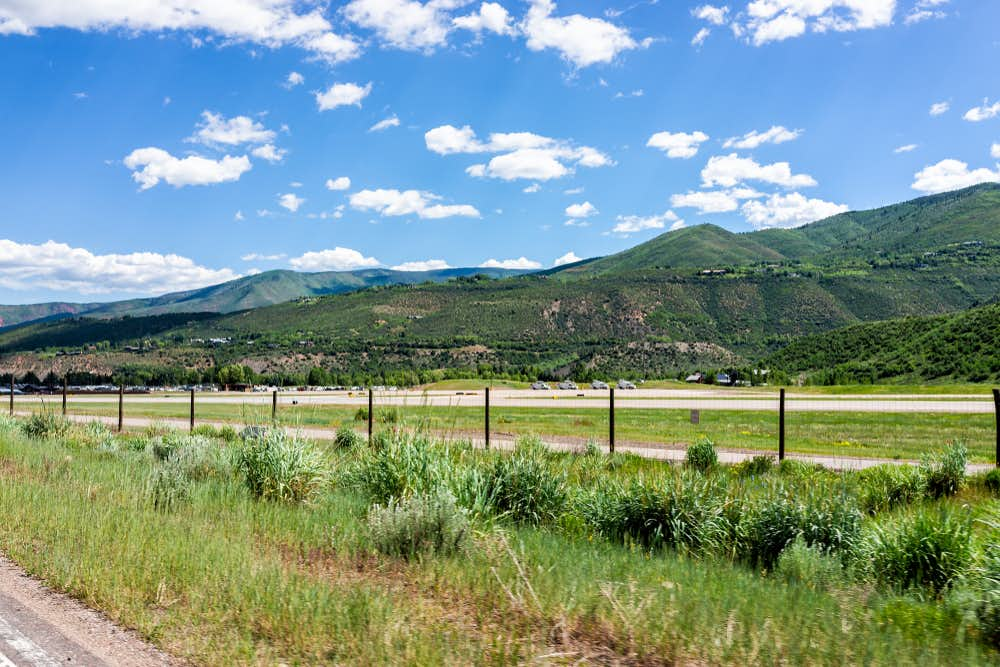Some of these airports are popular, but restrictions can mean delays and extra expenses for private jet travelers.

While high-density airports like New York JFK, San Francisco International, and Chicago O’Hare often carry extra fees, it’s straightforward. Although not among the busiest private jet airports, there are other airports on-demand charter and jet card flyers would do well to avoid, although you could find it difficult. Here’s why.
In the case of these airports, some providers that offer fixed/capped rate jet cards either exclude them or add additional terms.
Here are some of the airports to watch out for – and what you need to look for in the fine print.
Private jet performance, like all airplanes, is subject to external factors, including runway length, airport elevation, and weather.
Operators must also factor in weight, including passengers, baggage, and fuel.
Here we look at High Elevation Airports and Short Runways.
High-elevation airports are typically associated with diversions due to winter weather.
But the summer can also be an issue as well.
In jet card contracts, we have seen language like the following and similar:
“High-elevation airports may not be guaranteed nonstop, on any length trip, due to actual aircraft performance, especially in summer months.”
Fair enough.
But here is what you need to know before you book.
Some card contracts stipulated the provider has the right to substitute “reasonable airport alternates.”
Again, fair enough.
However, here is where it can be costly.
Several contracts we’ve seen state, “If the trip is able to be completed using these alternates, and the card owner declines, there may be cancellation charges applied if the trip ultimately cancels.”
In other words, you could still be charged if you are inside your cancelation window and don’t like the alternative airport.
Also, if weight restrictions require a fuel stop, inquire how that will be charged.
Do you pay additional taxi time? Are there any other charges?
While private jets operating Part 91 (non-commercial for their owner) only need to be mindful of actual OEM-stated performance limits, Part 135 (on-demand charter and jet card) operators have different rules.
According to NBAA, “A typical Part 135 operator must plan to land on a maximum of 60% of the most likely runway, which means the weather, available approach, and runway conditions at the time of departure must reasonably be expected so that the aircraft will come to a full stop within 60% of the available runway.”
However, it’s not cut and dry.
Eligible on-demand operators – those issued authorization by operations specifications, meeting certain crew experience and pairing requirements, and conducting a destination airport analysis – may extend the maximum landing distance to 80% of the useable runway, states the trade group.
Again weight and weather come into play. In fact, some short-runway airports require a dry runway.
That means your flight may need to divert if water is on the runway from a passing shower.
Again fine print, but you could be liable for the full cost of your flight, including any extra charges due to the diversion.
You also may have to pay your way to your intended destination.
Many card programs will cover these costs – even if the contract states they are not required.
For anyone who has used our Jet Card Decider, you will know we advise you to verify your provider will serve your preferred airport, particularly for runways under 5,000 feet.
The best advice is to discuss the airports you plan to use before you sign your contract.
It would be best to ask your provider to suggest alternative airports. Sometimes it could make sense to fly into or out of an airport without restrictions, factoring in the extra time in advance.
Ask providers to show you any language related to diversions and fuel stops in the contract. When in doubt, have your lawyer review the terms so you understand what you are agreeing to.